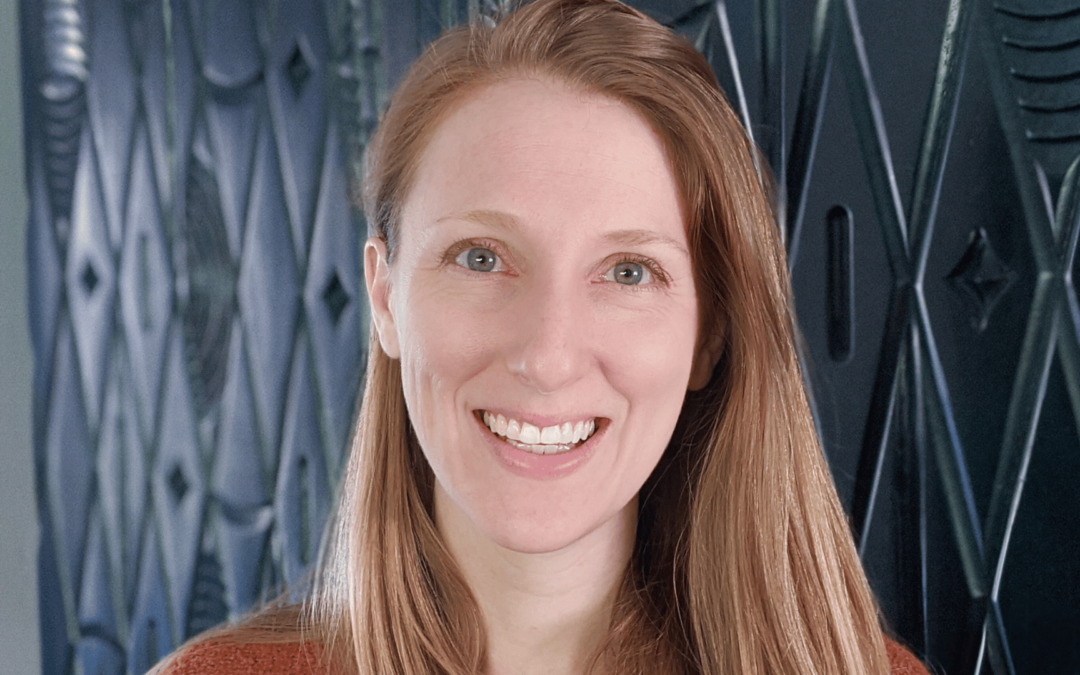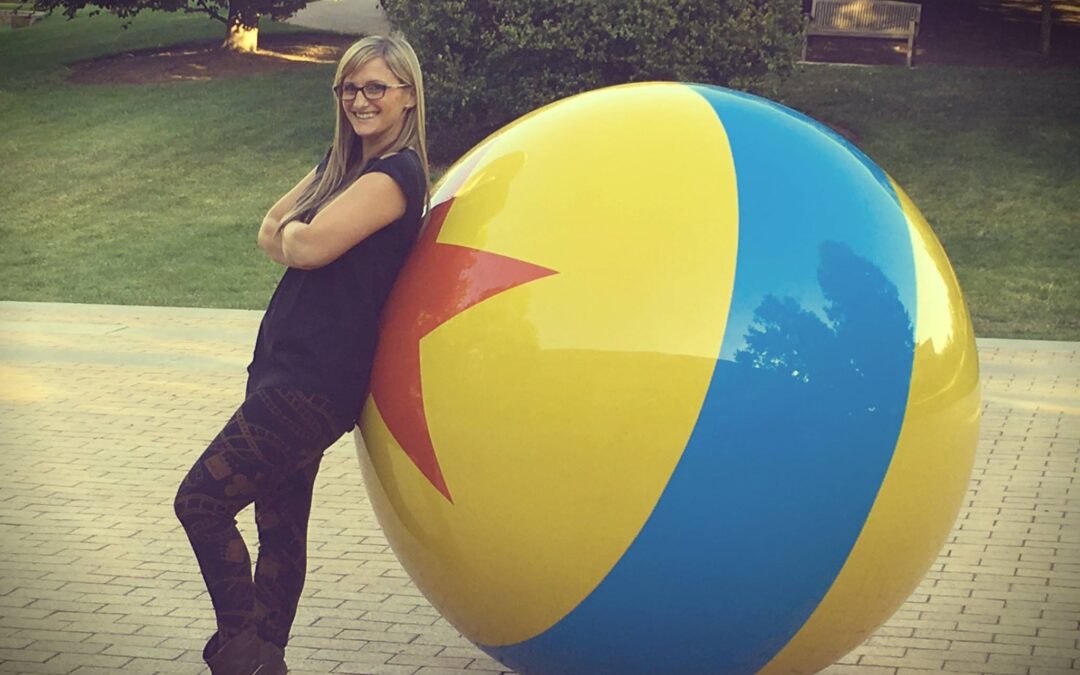Storytelling and understanding the production pipeline is a crucial element of working in a studio. We built our Character Animation Production Track to address the studios who were telling us that they are looking to hire people who have production skills. Today, student Jorge Gonzalez, comes by the blog to share what he has learned within the Character Animation Production Track and why storytelling is essential for any animator.
To ask Jorge questions about his choice to come to Animation Mentor or learn more about his experiences in class: sign up for the Online Campus Tour taking place on Thursday, October 10 at 3pm (Pacific Time).
Big woot to Jorge for sharing his experiences with the community!
-The Animation Mentor Crew
—
By Jorge Gonzalez
I admit to feeling more than a little apprehensive when Animation Mentor first announced their change in curriculum, ushering in AMP pipeline and their Production Track classes.
Among my concerns: My animation skills still have a long ways to go—would they suffer as a result of my spending an entire term focusing mostly on storyboards/previs/layout? Would I be missing out by not taking the Polish & Portfolio class? Excited as I was to get some production experience under my belt and work collaboratively on a short film, I was nervous about AMP’s functionality and my ability to get a handle on it.
I needn’t have worried.
AMP itself proved to be fairly intuitive and easy to use. It really helped streamline my workflow. And the first two Production Track classes (focusing on storytelling and development) far exceeded my expectations, expanding my knowledge and growth as an artist in wonderfully positive, unexpected ways.
1. It’s all about story. Characters are defined by their actions/reactions.
I got a small taste of the planning process during the first four classes of Animation Mentor’s Classic Program. But the in-depth way we dove into story development in the Production Track classes took things to a whole other level, training me to look at every aspect of my shots with a much more critical eye.
I gained a whole new appreciation for previs/layout. It’s an art form in and of itself—same as lighting, compositing, visual FX, and all the other disciplines involved in the making of a film. Every single decision you make (such as your choice of camera angles or set dressing) should be there to serve the story and inform the characters.
Looking back to some of my prior assignments at Animation Mentor (particularly poor Bobo the clown, my disastrous first attempt at a dialogue shot), it’s easy to see now how many pitfalls I would have avoided if I’d done a storyboard animatic and a rough layout pass before starting any animation. Among other things, it’s a great way to see if everything’s reading clearly so you can begin refining the pacing and rhythm of your shots. And as a bonus, you’ll be amazed at the cool little character moments you’ll discover along the way—hidden gems you’d have missed if you dive from your initial thumbnails straight to blocking.
There’s no question that the experience I’ve gained in CS01 and CS02 has made me a better animator. I’m certainly much better prepared to properly plan my shots.
I encourage folks to take advantage of the optional story games in CS01. They were tons of fun to do, and a huge help in helping me explore/develop my characters’ backstories and better flesh out their individual personalities.
Like the games, the story pitch part of the class was a little daunting at first—but once you overcome the initial nervousness and self-consciousness of performing in front of a camera you can really have a blast. It’s pretty liberating.
The more you can immerse yourself in your characters and really get to know them the better your performance is going to be. So have fun. Listen to your characters. Bring their story to life.
2. Always be mindful of where your sequence fits within the context of the story.
This is particularly true in terms of pacing and how your story/emotional beats play out in your individual shots.
For instance, if you’re trying to create an escalating sense of tension in a scene (such as in a chase sequence, or a verbal sparring match between two characters), every shot is going to build on that tension, leading up to some sort of explosive release. That release may not come till several shots further along in the sequence than the ones you’ve been assigned, so you’ve got to plan your shot accordingly. Don’t lose track of the big picture and ham it up for the sake of showing off what you can do—your performance should always support the overall story.
Watching everyone’s storyboards strung together in an animatic was incredibly helpful in identifying possible problem areas and determining the appropriate performance for each shot.
Work out as many of the logistical problems of your shot as you can (such as how characters get from point A to point B) during the storyboard stage. The earlier in the process you can identify problems and offer solutions the better.
3. Communication is key.
One of the things the collaborative aspect of Animation Mentor’s production track really drove home to me is the importance of communication between team members. You’re no longer working in your own little bubble, so it’s vital that everyone be on the same page. Don’t be afraid to ask questions.
Example: Invariably one or more of your shots are going to directly hook up with someone else’s shots. You want those transitions to be seamless. The more you communicate with your mentor and the folks working on those other shots the smoother things are going to go for everyone involved.
Also, take care when establishing the spatial relationships between characters and their environment. Cheats you do in your shot may conflict with the camera’s line of action in a neighboring shot or result in a continuity error with something already established elsewhere in the film.
4. The storytelling process is fluid. Be flexible and open to change.
By all means be passionate about your work, but don’t fall in love with it to the point that you become resistant to change. Nothing is ever set in stone. The more open-minded and receptive you are to new ideas the better your shot is gonna be. Embrace those changes.
Our story has gone through various permutations since its original story pitch. Thanks to our mentor’s guidance and classmates’ suggestions every change has been for the better, making our story more cohesive and emotionally satisfying.
As a result, even though we’re still in the layout stage, there are already some great little character moments in our short film that will be further enhanced next term once we get into actually animating the shots and can focus on performance.
5. Best practices are there for a reason: it’s super important to follow directions. I can’t stress this enough.
First and foremost, follow the file naming conventions set up by production. Again, they are there for a reason. Believe me, you don’t wanna gum up the works.
Always remember that you’ll be sharing assets with the rest of the crew. Character rigs, props and set dressing need to be in the right format and scale and properly referenced into your scene. Likewise, textures and other assets you create for your scene need to be placed in their proper place in AMP or other folks won’t be able to access them.
Filmmaking is a team effort. Every step of the way you want to make sure you’re making things as clear and easy as possible for the next person in the pipeline. Be conscientious. Others animators and artists from other departments (lighting, visual FX) down the line will appreciate your efforts.
I firmly believe that the workflow methods I learned in AMP pipeline have made me much better prepared to adapt to the different production pipelines I’ll be sure to encounter at a professional studio. All in all it’s been an invaluable experience. I feel I have a much better grasp of what to expect and what’s gonna be expected of me once I get out in the real world.
A hearty thanks to Animation Mentor! ☺
—–
Have a few storytelling or production tips of your own? Go ahead and share them in the comments below.




